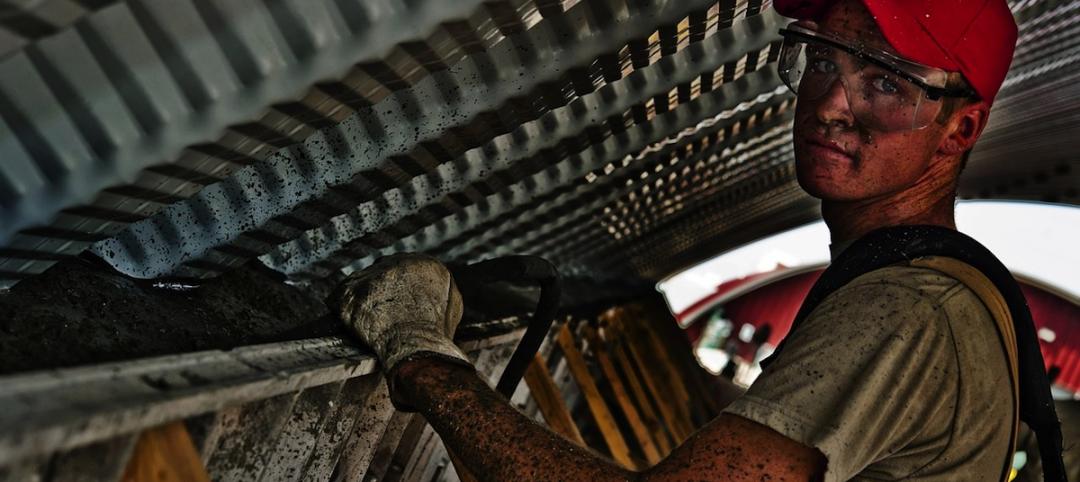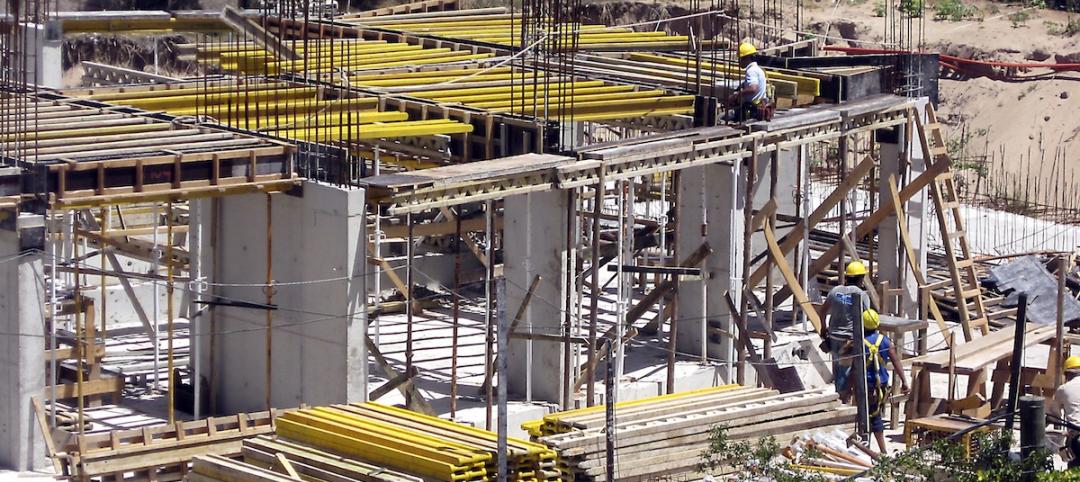New rules, issued by the Centers for Disease Control and Prevention and the Occupational Safety and Health Administration, urge employers to inform outdoor workers of the risks of exposure to the Zika virus.
The virus is transmitted through mosquito bites and the agencies advise employers to train employees on how to protect themselves. The agencies say employers should provide insect repellents and encourage their use, and urge workers to wear clothing that protects their hands, arms, legs, and other exposed areas.
Employers should also consider providing workers with hats outfitted with mosquito netting to protect the face and neck. The guidelines also call on employers to consider reassigning female workers who are pregnant or may become pregnant and male workers whose partner is pregnant or may become pregnant to indoor jobs to reduce their risk of mosquito bites.
To prevent mosquito breeding areas, employers should remove standing water from work sites. Zika infections can cause microcephaly, a birth defect marked by small head size that can lead to severe developmental problems in babies. There is also strong scientific consensus that Zika can cause Guillain-Barre disease, which causes temporary paralysis in adults.
Related Stories
Contractors | May 1, 2015
Construction workers among top U.S. drug users: study
Construction workers are topped only by miners when it comes to heavy drinking, according to a new study by the Substance Abuse and Mental Health Services Administration.
Multifamily Housing | May 1, 2015
Trade groups extend campaign to promote apartment living
The groups claim that there are more than 37 million Americans—12% of the population—living in just under 20 million apartment units nationwide. Apartments and their residents contribute $1.3 trillion annually to the economy.
Contractors | May 1, 2015
Nonresidential fixed investments fall in latest Construction Economic Update
This is the first time that nonresidential fixed investment declined since the first quarter of 2011, ABC reported. Nonresidential fixed investment had been rising by more than 4% on an annualized basis during five of the previous six quarters.
Contractors | Apr 29, 2015
Construction costs are expected to remain soft through fall of 2015
Labor and materials haven’t appreciated this year through April, according to market analyst IHS.
Contractors | Apr 23, 2015
Leopardo releases 2015 Construction Economics Outlook
Low oil prices have reduced the cost of construction, but not enough to offset the rise in labor costs, according to Leopardo's new outlook report.
High-rise Construction | Apr 23, 2015
Size matters in NYC, where several projects vie for the city’s tallest building honor
The latest renderings of 217 West 57th Street show a tower that would rise higher than the World Trade Center’s pinnacle, when elevations are included.
Multifamily Housing | Apr 22, 2015
Condo developers covet churches for conversions
Former churches, many of which are sitting on prime urban real estate, are being converted into libraries, restaurants, and with greater frequency condominiums.
Green | Apr 22, 2015
AIA Committee on the Environment recognizes Top 10 Green Projects
Seattle's Bullitt Center and the University Center at The New School are among AIA's top 10 green buildings for 2015.
BIM and Information Technology | Apr 21, 2015
Software tools shouldn't dictate the AEC process
With over 200 solutions on the market, construction software is one of the most complex and fragmented markets, writes Gensler's Mark Thole.
Contractors | Apr 20, 2015
Too many construction projects don’t meet owners’ expectations: KPMG report
Causes for delays, overruns, and underperformance include project management talent shortages, distrust between owners and contractors, and the lack of fully integrated project management systems.

















